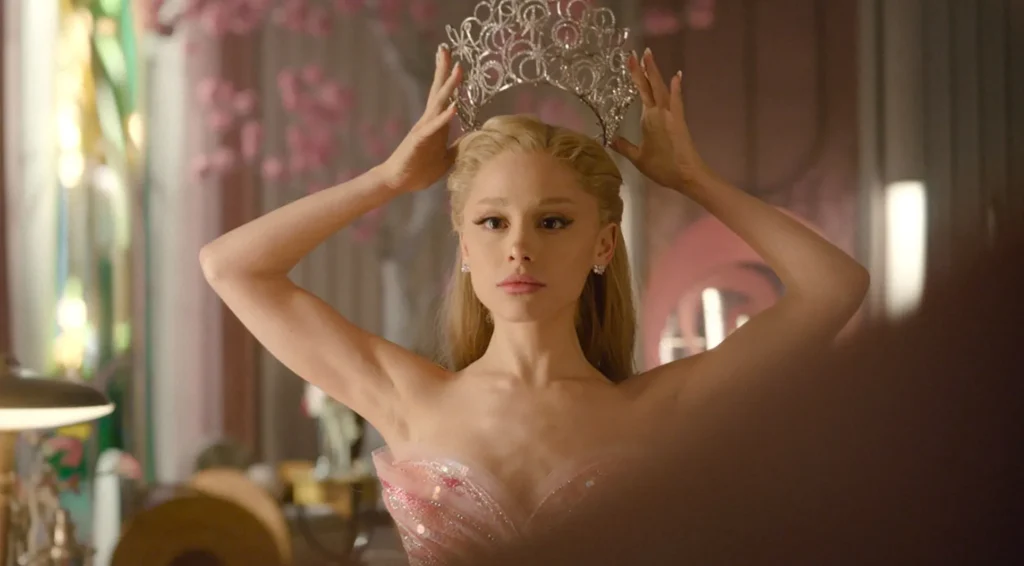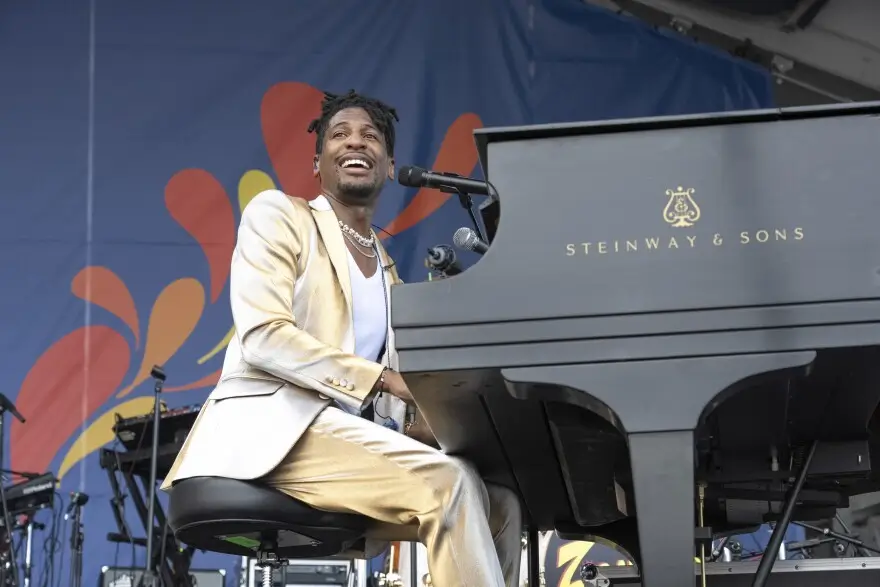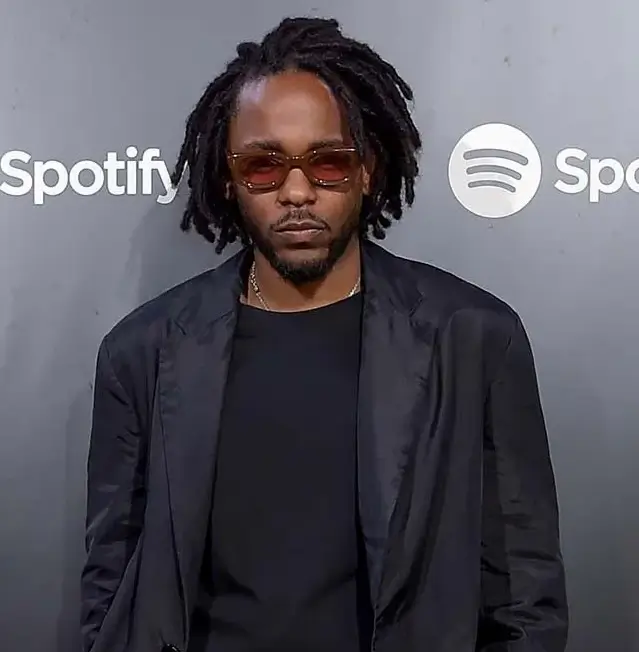There is a unique cultural phenomenon that happens when nostalgia meets obsession, when a Broadway classic is reinterpreted through a lens shaped entirely by internet fandom, pop-vocal idolatry and TikTok-informed aesthetics. Wicked: For Good, the cinematic prelude and companion to the long-anticipated two-part Wicked film adaptation, lands squarely in that zone. It is a movie that believes it is honoring a legacy, but the ecosystem orbiting it—and at times the film itself—reveals something more intriguing and unnerving: a dystopia powered by Ariana Grande fixation, algorithmic desire, and a strangely hollow sense of fantasy.
Long before release, Wicked existed less as a film and more as a collection of micro-moments, promo frames, memes, and audio snippets, all absorbed into an obsessive fan culture. The internet’s gravitational pull toward Grande meant the project was always going to be refracted through her influence. But what’s unexpected is how the film seems to lean into that orbit, intentionally or not, crafting a world that is green, gleaming, and glittering—yet saturated by pop-diva worship rather than by the rebellious spirit that originally animated the musical.
oz
The original Wicked thrives because Oz is morally ambiguous, politically unstable, and narratively rich. In contrast, Wicked: For Good tends to flatten these complexities into digestible iconography. Everything is luminous, photogenic, calibrated—almost auto-generated. Oz becomes less a place and more an Instagram moodboard designed to be screen-captured, stitched into edits, soundtracked by whistle-note adlibs, and fed back into the ecosystem that worships Grande’s every move.
There’s a strange tension here: visually, the film is pristine, almost too pristine, trading grit for gloss. The Emerald City doesn’t feel lived-in; it feels curated, the equivalent of a luxury pop-up engineered to go viral, complete with hyper-styled costuming, uncanny lighting, and an awareness that every detail will be paused, shared, debated, and memed. The result is not a functioning dystopia but a specifically Ariana-centric one, where every corner of the narrative reflects her influence, intentionally or not.
Grande’s Glinda is part ingenue, part influencer, part aspirational archetype. Her performance is soft, sweet, and self-consciously nostalgic, but it’s also framed in ways that visually worship her. The camera lingers, the edits glow, the lighting flatters. Even the emotional beats feel structured around maximizing her resonance with fans rather than deepening Glinda’s moral evolution. It isn’t poor acting—she’s surprisingly controlled—it’s the world-building around her that tilts entirely toward a reality shaped by her persona.
elphaba
The strangest and most fascinating casualty of this is Elphaba. Traditionally the beating heart of Wicked, she becomes a secondary gravitational object in a film that can’t stop orbiting its blonde star. Cynthia Erivo brings a volcanic emotional force, but the movie frequently stages her rebellion in ways that feel symbolic rather than disruptive, as if the film is afraid of rupturing its own aesthetic throughline.
The dynamic between Elphaba and Glinda once balanced ideology, jealousy, love and betrayal. Here, the imbalance is recalibrated not by narrative design but by digital era energy. Glinda has become a pop-culture phenomenon; Elphaba has remained a literary one. And in a film designed for maximal online resonance, the former inevitably absorbs the spotlight.
Moments that should feel politically incendiary—exposing the Wizard’s regime, challenging propaganda, confronting the corruption of Oz—come across softened, sometimes strangely neutral. Not because the script avoids conflict, but because emotion is frequently subordinate to cinematic glamour. The dystopia exists, but it feels conceptual, filtered, beautified. Even in moments of peril, Oz looks like a franchise ecosystem rather than an authoritarian state. The original story’s harshness dissolves into a post-algorithmic fantasy realm, where rebellion is beautifully lit and revolution is paced around TikTok-ready crescendos.
ariana
Critics may argue that the film succumbs to pop-star worship. But it’s more accurate to say that the worship is baked into the narrative fabric, encoded by years of online anticipation and self-fulfilling prophecy. Grande’s involvement influenced the fan culture long before casting was announced, long before the first teaser dropped. The film arrives not as a standalone piece of cinema but as a culmination of parasocial momentum.
This creates a phenomenon rare in modern Hollywood: a film that functions primarily as a cultural event shaped by the audience before it ever lands in theaters. It is designed to reward devotion, nostalgia, familiarity, and pre-existing affection. This isn’t inherently negative—cinema has always drawn from star power—but what emerges is a Wicked that no longer examines obsession; it becomes the product of obsession.
Narratively, the film maintains the recognizable arc: friendship, divergence, oppression, sacrifice. But everything is reframed through a contemporary lens of idolization, where the emotional highs sync with pre-established fan expectations rather than narrative surprise. It becomes a Wicked for the era of reaction videos, thumbnail aesthetics, stan culture discourse, and algorithmic amplification.
impression
By its conclusion, Wicked: For Good circles back to the same Ariana-centrism that defined its beginning. The final scenes land emotionally—Erivo ensures that—but the last glow belongs unmistakably to Grande, framed as both the surviving figure of Oz’s rewritten history and the face that the audience has been primed to worship.
It’s not quite dystopian in the Orwellian sense. It’s dystopian in the way modern fandom often becomes its own hegemonic power, reshaping narratives to serve the mythologies it loves most. This Wicked is not governed by the Wizard nor even by the filmmakers—it is governed by the cultural mandate of an Ariana-obsessed ecosystem. And because the film embraces this rather than resisting it, it becomes both a reflection and symptom of contemporary fantasy storytelling.
In the end, Wicked: For Good is visually sumptuous, emotionally earnest, and narratively recognizable. But beneath the emerald surface lies a telling truth: this is not a retelling of Wicked as much as it is a retelling of what Ariana Grande means to the digital era. Oz is the stage, but fandom is the architect. The story hits its marks, the songs soar, the spectacle dazzles—but the film begins and ends inside an ecosystem where Glinda is already queen.
A dystopia? Not exactly.
But a world shaped entirely by pop-diva mythology?
Absolutely.
No comments yet.








